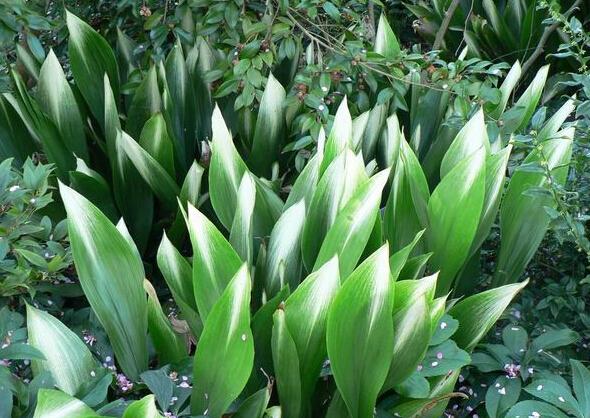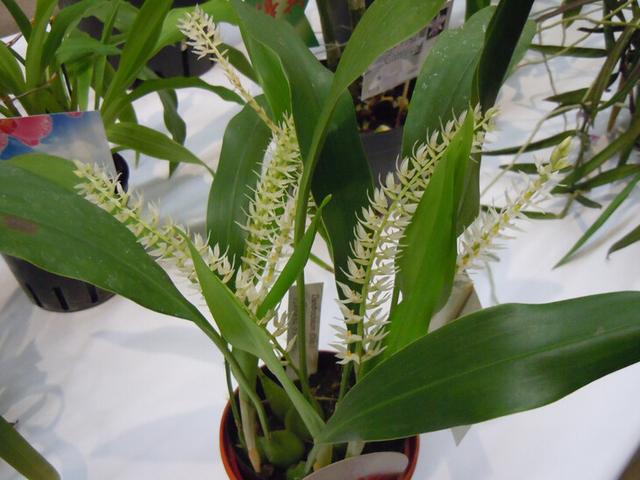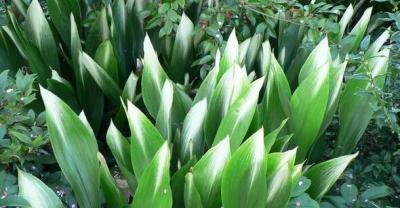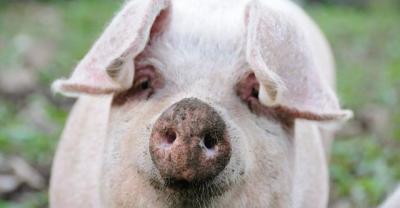Culture methods and matters needing attention of one-leaf orchid how to raise one-leaf orchid
First of all, it depends on whether you buy a good potted plant or reproduce on your own. if it is your own method of reproduction, the best way to choose is to propagate separately, and today the editor wants to talk about the cultivation of a good potted orchid. The one-leaf orchid has strong adaptability and fast growth, and the basin should be changed every 1-2 years.
Use the same amount of mixed culture soil of loam, rotten leaf soil and river sand. When changing the basin, apply a small amount of broken bone slices or cake fertilizer as base fertilizer, pour through water and culture in a cool place after planting. During the growth period, water should be fully watered and often sprayed on the leaf surface to maintain high air humidity. To promote the germination of new leaves and robust growth.

Variegated varieties should be given light fertilizer, if the fertilizer is too sufficient, the leaf spots are easy to disappear. Avoid direct sunlight in summer, but pay attention to ventilation and remove yellow leaves in time. In the new leaf germination to the new leaf is growing stage, can not be placed in the shade of the room, otherwise the new leaf will grow slender and thin, affecting the ornamental. The northern region should move indoors in winter, reduce watering and stop fertilization, if the basin soil is too wet, it is easy to cause rotten roots.
In addition to controlling temperature and moisture, one-leaf orchid culture should also pay special attention to whether it is sick or not.
Culture methods and matters needing attention of Cymbidium chinense
1. Cut off and burn the diseased leaves in time to reduce the source of infection.
2. Before the rainy season, spray 50% Shi Baig or Baogong wettable powder 1000 times liquid, 25% carbon tetralin wettable powder liquid. Once every 10 days, prevention and control 3 times 4 times.

3. Choose the semi-shade environment with moist and good drainage. Cymbidium is a shade-tolerant plant, the light should not be too strong, otherwise it will cause leaf yellowing or disease. Too much irrigation, especially in winter, can lead to root rot and leaf yellowing.
4. The leaf orchid maintained in the shed can increase the night temperature of the shed, increase the ventilation time during the day, and reduce the humidity and fog duration in the shed, so as to achieve the purpose of disease control.
Follow WeChat account: xiaobency shares around 9: 00 every day, and ten thousand people listen to it.
- Prev

Evergreen breeding methods and matters needing attention, pot evergreen how to raise?
Evergreen is very common in our lives, and there are plenty of varieties of evergreen. What we usually call evergreen is only the general name of this category. Flowers are common in evergreen varieties.
- Next

Do you know how to distinguish wild crucian carp from farmed crucian carp?
How to distinguish between wild crucian carp and farmed crucian carp? 1. Look at the size of the fish wild crucian carp tend to be relatively small, the fish body is short and lean, and domestic.
Related
- On the eggshell is a badge full of pride. British Poultry Egg Market and Consumer observation
- British study: 72% of Britons are willing to buy native eggs raised by insects
- Guidelines for friendly egg production revised the increase of space in chicken sheds can not be forced to change feathers and lay eggs.
- Risk of delay in customs clearance Australia suspends lobster exports to China
- Pig semen-the Vector of virus Transmission (4)
- Pig semen-the Vector of virus Transmission (3)
- Five common causes of difficult control of classical swine fever in clinic and their countermeasures
- Foot-and-mouth disease is the most effective way to prevent it!
- PED is the number one killer of piglets and has to be guarded against in autumn and winter.
- What is "yellow fat pig"? Have you ever heard the pig collector talk about "yellow fat pig"?

